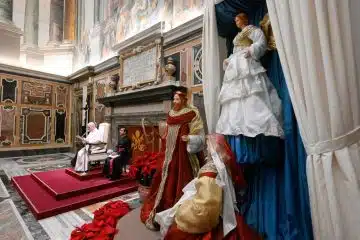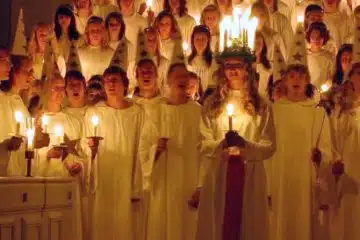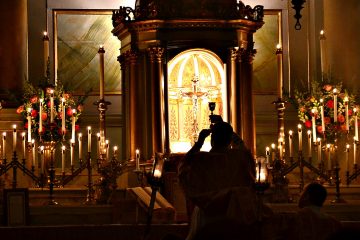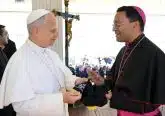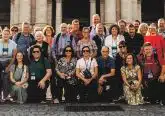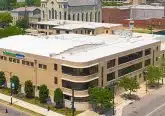Seek the Lord by Archbishop Dennis M. Schnurr
Throughout the long history of the Archdiocese of Cincinnati, Catholic education has always been recognized as a vital ministry of our local Church.
Our first diocesan bishop, Bishop Edward Fenwick, started a school for young women in 1825, just four years after the foundation of the diocese. It opened with 25 students and two teachers. Today, the archdiocese has 111 Catholic schools with more than 40,000 students.
Class size, subjects taught, technology and the social environment in which our schools operate have all changed radically in 195 years – and even within our lifetimes. What has not changed is the purpose of Catholic education: to prepare students both for this life and for eternal life.
That is what we celebrate during National Catholic Schools Week, beginning Jan. 26.
Discipline and academic rigor are the hallmarks of Catholic schools and an attraction for many parents, Catholic and non-Catholic alike. They are not, however, the essence of what might be called “the Catholic school difference.” Nor is that difference only to be found in religion classes, campus Masses and retreats, though all of those are essential to Catholic identity.
What most distinguishes our schools goes even deeper – Christ is in their DNA. The mission statement of Catholic Schools in the archdiocese says it well:
“Vital to the evangelizing and educational mission of the Catholic Church, we are Christ-centered communities dedicated to the faith formation, academic excellence and individual growth of our students, all rooted in the Gospel message of Jesus Christ.”
One of the supporting statements of this mission says our schools will provide “an atmosphere in which the Gospel message is proclaimed, community in Christ is experienced, service to our brothers and sisters is achieved, and thanksgiving and worship of God is cultivated.”
The theme of the 2019-20 school year for the archdiocese, “Building a Community of Love,” simply puts into words what our schools have always done.
In accomplishing this end, our teacher-ministers and principal-ministers play a key role as they partner with the parents and guardians who remain the primary educators of their children. I am profoundly grateful to all who accept their call to the ministry of Catholic education. The latest technology and the newest buildings would be ineffective without their dedicated service.
Our students learn from the example of their teachers that faith and action go together. We see that lived out in more than 100,000 hours of service that they perform each year. We also find it in their advocacy for human life at all stages, from nursery to nursing home. Later this month, busloads of our Catholic high school students will again travel to Washington, D.C. to participate in the annual March for Life on Jan. 24. I am very proud of the young people who make this challenging journey each year to add their voices to those speaking out against the unjust abortion regime imposed by the Supreme Court in 1973.
The first principle of Catholic social doctrine is the life and the dignity of the human person. This is also the first human right, without which no others can exist. As President Kennedy said in his inaugural address, “the rights of man come not from the generosity of the state, but from the hand of God.” What the state did not endow, the state cannot legitimately take away.
As I have often noted, St. John Paul II said that young people are not just the future of the Church – they have a contribution to make now. This is a responsibility for which Catholic schools prepare them, as we will see at the March for Life and during Catholic Schools Week.



